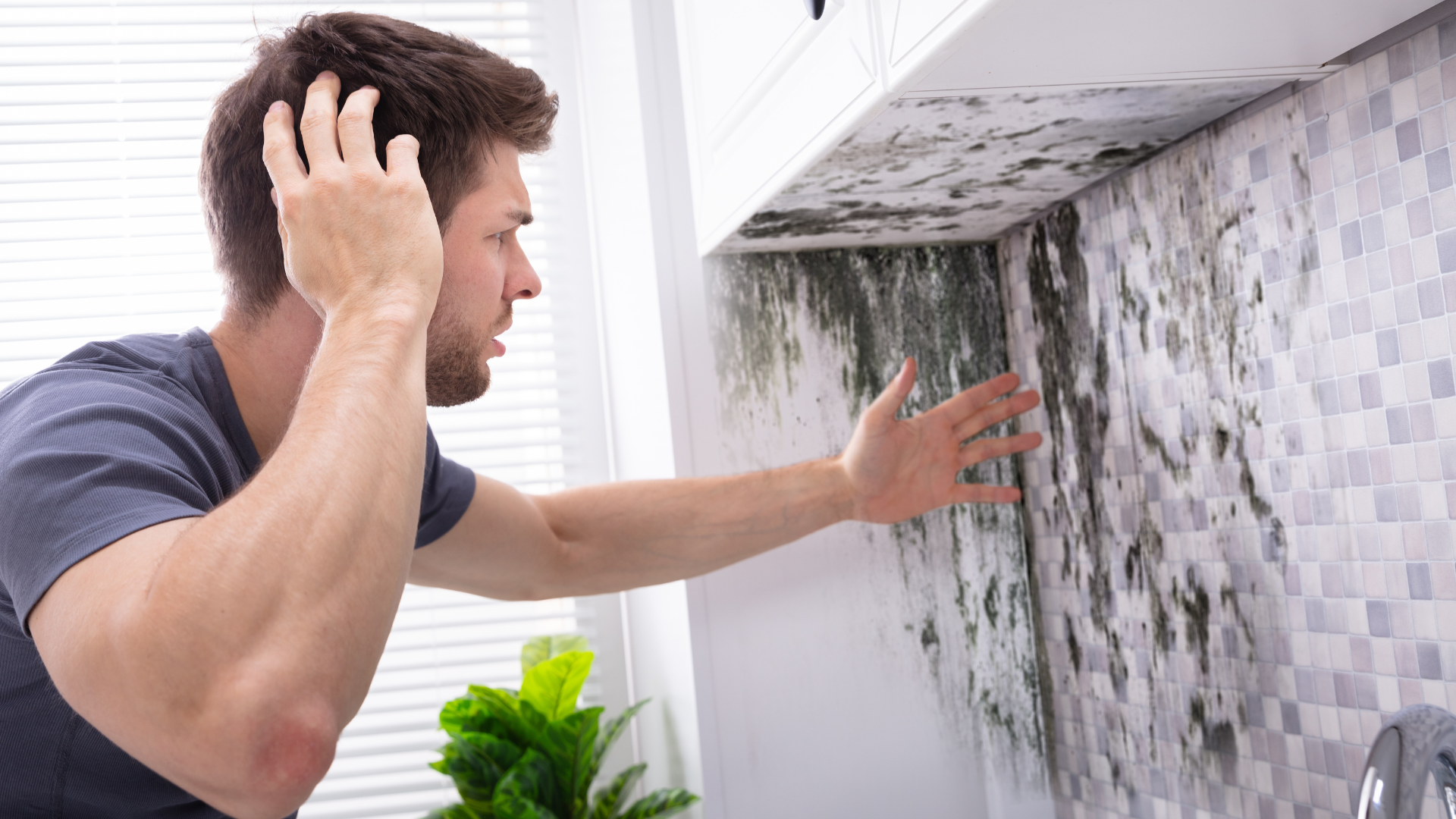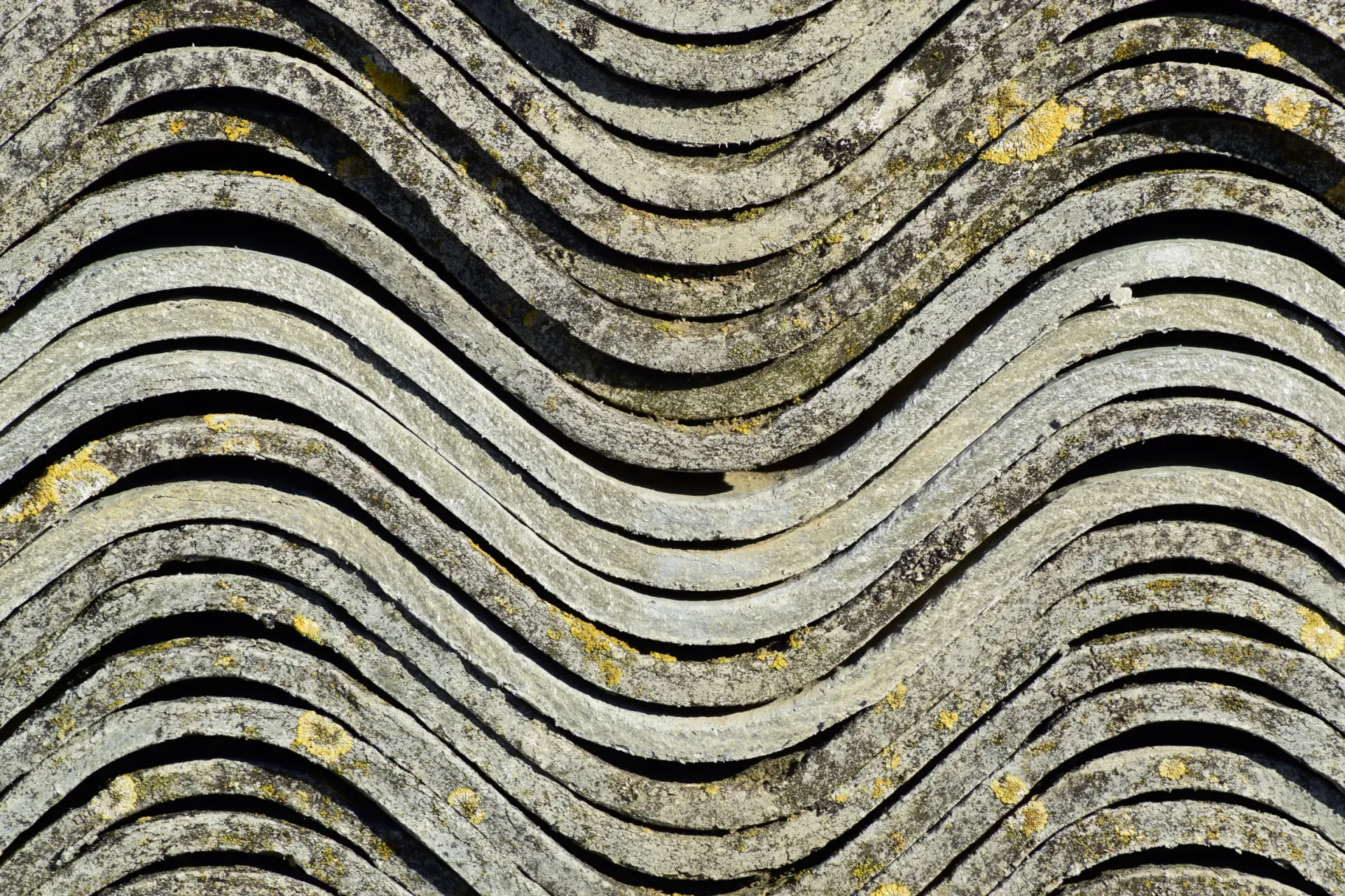Navigating Indoor Air Quality Laws and Regulations in DC, Maryland, and Virginia
Indoor air quality is increasingly recognized as a critical factor in public health, particularly concerning contaminants like mold and asbestos. Navigating the patchwork of laws and regulations governing indoor air quality in Washington DC, Maryland, and Virginia is vital for property owners, landlords, and residents to ensure safety and legal compliance. This guide provides an overview of these regulations, offering insights into effective management of indoor air quality issues.
Understanding the Context
Indoor air quality is affected by various factors, including building materials, ventilation systems, and external environmental conditions. Asbestos and mold pose significant health risks and are subject to specific regulations due to their prevalence and potential for harm.
Indoor Air Quality Laws in Washington DC
- Asbestos Regulations: DC enforces stringent rules regarding the use, abatement, and disposal of asbestos. These include mandatory surveys before any renovation or demolition work in older buildings.
- Mold Guidelines: While there are no specific mold laws, DC mandates landlords to ensure habitable living conditions, which by extension, requires addressing mold issues promptly and effectively.
Indoor Air Quality Laws in Maryland
- Asbestos Compliance: Maryland's regulations align with OSHA standards and require accreditation for professionals handling asbestos. This ensures that removal and disposal are conducted safely and effectively.
- Mold Responsibility: The state places a strong emphasis on landlord responsibilities, mandating that rental properties be maintained free from mold to safeguard tenant health.
Indoor Air Quality Laws in Virginia
- Asbestos Standards: Virginia's approach mirrors federal standards, with rigorous certification requirements for inspectors and contractors dealing with asbestos.
- Mold Practices: Like DC, Virginia does not have specific mold legislation but requires that properties are kept in a fit and habitable condition, indirectly addressing mold concerns.
Navigating Compliance and Best Practices
- Informed Awareness: Understanding the specific requirements and nuances of your state's laws is crucial for effective compliance.
- Professional Expertise: Engaging licensed professionals for asbestos and mold-related work is not just a legal requirement but also a safety imperative.
- Proactive Inspections: Regular inspections can identify potential issues early, aiding in compliance and preventing more significant problems.
- Meticulous Record-Keeping: Maintaining detailed records of inspections, tests, and any remediation work is vital for legal compliance and for future reference.
The Role of Regular Maintenance
Routine maintenance plays a critical role in maintaining indoor air quality, preventing the development of conditions conducive to mold growth or asbestos deterioration.
Ensuring healthy indoor air quality in the diverse regulatory landscapes of DC, Maryland, and Virginia requires a combination of knowledge, vigilance, and proactive management. By staying informed about regional laws, engaging with qualified professionals, and maintaining regular inspections and records, property owners and managers can effectively navigate these regulations, contributing to safer and healthier living and working environments. This proactive approach not only ensures compliance but also demonstrates a commitment to public health and safety.





